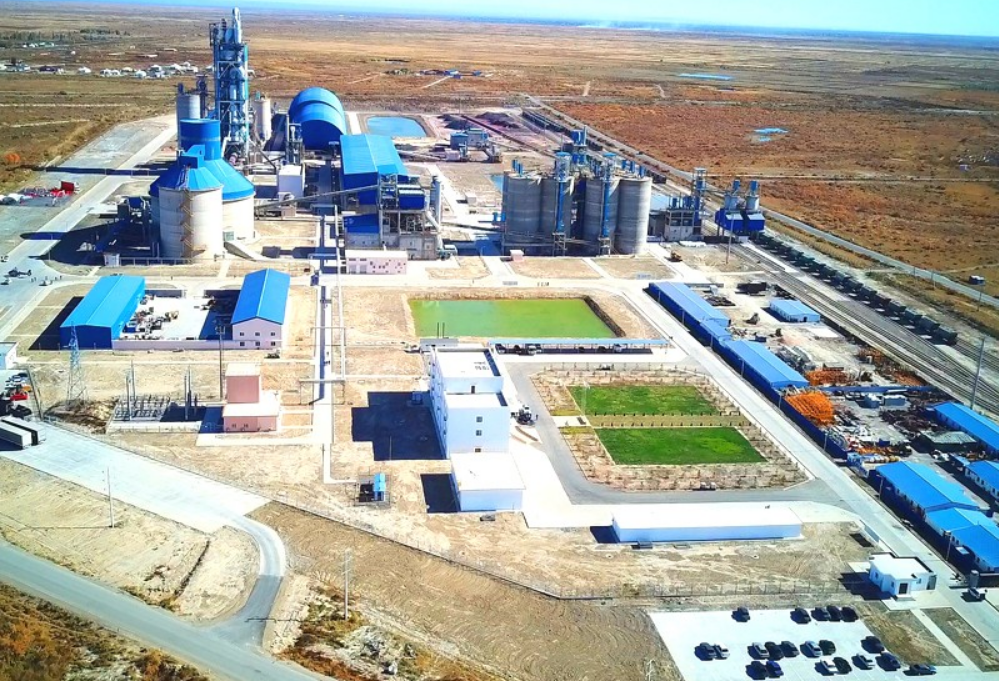500 tons per hour cement production line in Yulin, Guangxi
Production Capacity:Depends on the process
Processing materials:Limestone, clay, iron ore, silicate products, etc.
Power Consumption:

Production Capacity:Depends on the process
Processing materials:Limestone, clay, iron ore, silicate products, etc.
Power Consumption:
Global Heavy industry quality is good
Global Heavy Industry, as a domestic manufacturer of complete equipment for cement production lines, has designed a dry cement production process with good social feedback. This project was invested and built by a cement plant in Yulin, Guangxi in 2019. Our company designed a process flow for it that fully utilized the advantages of various equipment, increased equipment efficiency, and simplified the process. It was optimized and designed based on multiple practical experiences. The production scale of this case is large, with an annual output of about 1 million tons. The equipment includes crushing equipment, cement calcining equipment, grinding equipment, etc.
Equipment Configuration
Jaw crusher, cement mill, vibrating feeder, dryer, rotary kiln, cooler, automatic packaging machine, belt conveyor, etc.
In the cement production process, at least 3 tons of materials (including various raw materials, fuels, clinker, mixed materials, and gypsum) must be ground for every ton of silicate cement produced. According to statistics, the power consumed by the grinding operation of the dry cement production line accounts for more than 60% of the power of the whole plant, of which raw material grinding accounts for more than 30%, coal grinding accounts for about 3%, and cement grinding accounts for about 40%.
Therefore, it is of great significance to reasonably select grinding equipment and cement production process flow, optimize process parameters, operate correctly, and control the operation system to ensure product quality and reduce energy consumption.
In the cement production process, the first step is crushing and pre-homogenization. First, the cement production raw materials such as lime, clay, ore and coal are crushed into different specifications, and then they are ground, dried and other processes before the cement clinker can be calcined. The ratio of silicate cement to ground raw materials is 1:3, so the purpose of pre-homogenization of raw materials is to make the raw materials have the function of storage and homogenization. The second is preheating and decomposition, which can make the raw materials fully mixed with the gas in the kiln. The last is the rotary kiln calcination process of cement clinker. After calcination, it is cooled and transported to the silo by the discharge equipment, and then packaged by an automatic packaging machine.
